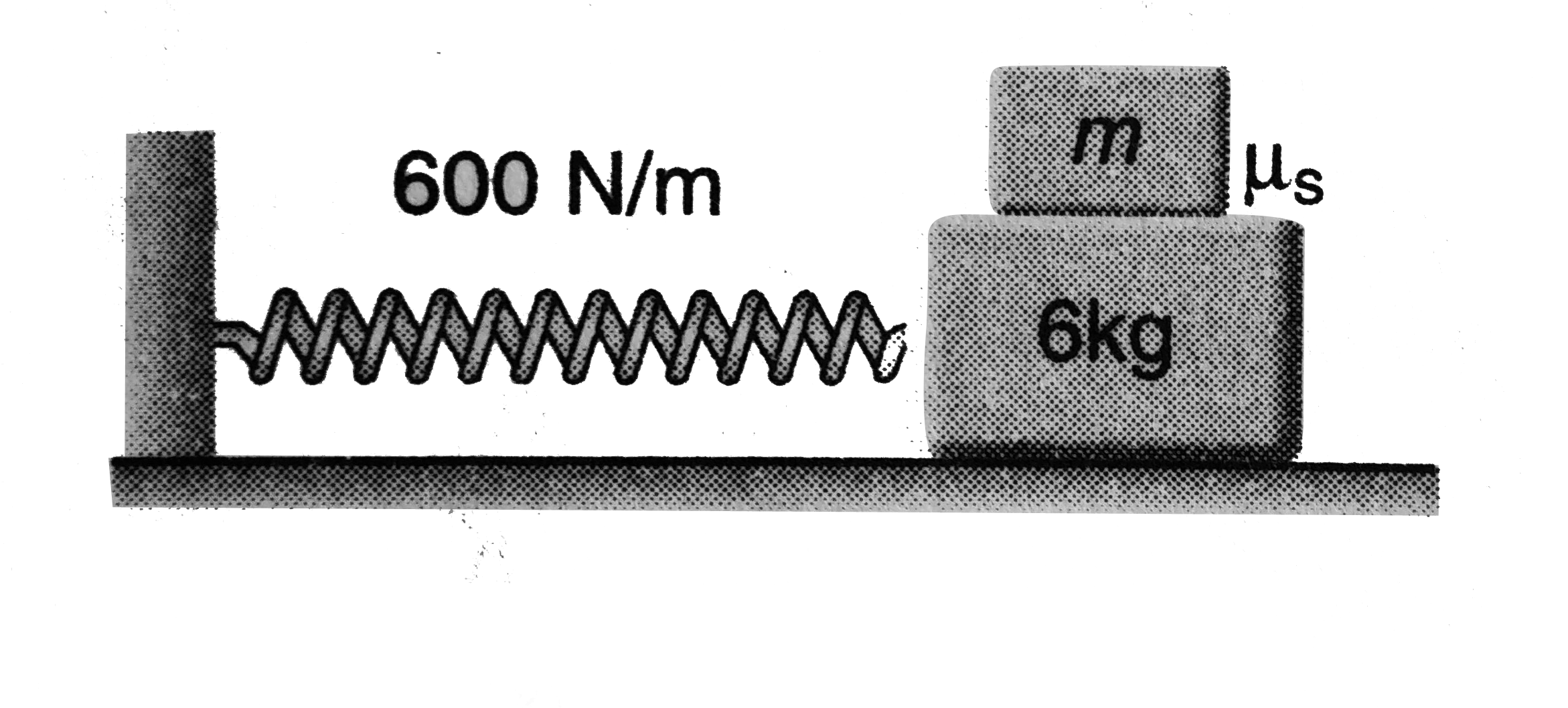The half-life of Tc99 is 6.0 hr. The delivery of a sample of Tc99 from the reactor to the nuclear medicine lab of a certain hospital takes 3.0 hr. What is the minimum amount of Tc99 that must be shipped in order for the lab to receive 10.0 mg?
20.0 mg
15.0 mg
14.1 mg
12.5 mg
The correct Answer is:b
Topper's Solved these Questions
- CHEMICAL KINETICSBOOK - GRB PUBLICATIONCHAPTER - CHEMICAL KINETICSEXERCISE - Reasoning Type
14 Videos
- CHEMICAL KINETICSBOOK - GRB PUBLICATIONCHAPTER - CHEMICAL KINETICSEXERCISE - Multiple Objective type
40 Videos
- CHEMICAL KINETICSBOOK - GRB PUBLICATIONCHAPTER - CHEMICAL KINETICSEXERCISE - compllcatio in first order reactions
17 Videos
- CHEMICAL BONDING-IBOOK - GRB PUBLICATIONCHAPTER - CHEMICAL BONDING-IEXERCISE - Subjective Type
120 Videos
- COORDINATION COMPOUNDSBOOK - GRB PUBLICATIONCHAPTER - COORDINATION COMPOUNDSEXERCISE - SBJECTIVE TYPE
98 Videos
Similar Questions
The half life of Te99 is 6h. The activity of Te99 in a patient, 36 h after receiving an injection containing this isotope is 0.125μci. What was the minimum activity of the sample injected?
View SolutionThe half-life of Tc99 is 6.0 hr. The total residual activity in a patient 30 hr after receiving an injection containing Tc99 must be more than 0.01 μCi. What is the maximum activity (inμCi) that the sample injected can have?
View Solution
Knowledge Check
The half-life of Tc99 is 6 h. The activity of Tc99 in a patient , 60 h after receiving an injection conataining this radiosotope is at least 0.125 μCi. What was the minimum activity (in μci) of the sample injected?
A1.25μCiB12.5μCiC128 μCiD125 μCiThe half-life of Tc99 is 6.0 hr. The total residual activity in a patient 30 hr after receiving an injection containing Tc99 must be more than 0.01 μCi. What is the maximum activity (inμCi) that the sample injected can have?
A0.16B0.32C0.64D0.08The half-life period of a first-order chemical reaction is 6.93min. The time required for the completion of 99% of the chemical reaction will be (log2=0.301)
A230.3minB23.03minC46.06minD460.6min
The half-life period of a first-order chemical reaction is 6.93min. The time required for the completion of 99% of the chemical reaction will be (log2=0.301)
View SolutionThe half-life period of a first-order chemical reaction is 6.93min. The time required for the completion of 99% of the chemical reaction will be (log2=0.301)
View SolutionWith the assumption of no slipping, determine the mass m of the block which must be placed on the top of a 6kg cart in order that the system period is 0.75s. What is the minimum coefficient of static friction μs for which the block will not slip relative to the cart is displaced 50mm from the equilibrium position and released? Take (g=9.8m/s2).

View SolutionWith the assumption of no slipping, determine the mass m of the block which must be placed on the top of a 6kg cart in order that the system period is 0.75s. What is the minimum coefficient of static friction μs for which the block will not slip relative to the cart is displaced 50mm from the equilibrium position and released? Take (g=9.8m/s2).

View SolutionWith the assumption of no slipping, determine the mass m of the block which must be placed on the top of a 6kg cart in order that the system period is 0.75s. What is the minimum coefficient of static friction μs for which the block will not slip relative to the cart is displaced 50mm from the equilibrium position and released? Take (g=9.8m/s2).

View Solution
